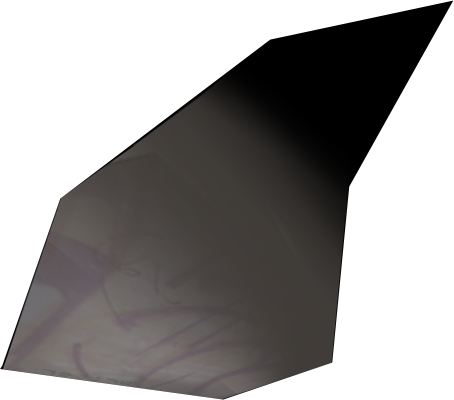

| Far-Flung follows function(FFFF) had its premiere at the Experimental Media Performance Lab at the Contemporary Arts Center in Irvine, California, in October 2013. FFFF was conceived in 2012, and first developments started in the spring of 2013. It got rehearsed, implemented and performed in its first iteration during a residency at xMPL at UC Irvine in September/October 2013. FFFF was produced in collaboration with Antoinette LaFarge (UC Irvine) and Robert Allen, and a most outstanding crew! Press: UCI performance personifies a crashing computer", by Jordan Graham, OCR | ||
|
CREATIVE TEAM creative director / concept, media/sounds, stage: Ursula Endlicher producer and live-writer: Antoinette LaFarge movement director: Robert Allen programmer: David Clarke lighting design: Naomie Winch costume design: Alexis Scott music by Dorit Chrysler and Kurt Vega set production: Lee Day and Samson Day stage manager: Clare Wernet CAST Finder: Robert Allen Writer: Antoinette LaFarge MouseCursor: Ursula Endlicher MouseDaemon: Alexander Makardish AppDaemons: Claire Edmonds, Jeremy Charles Hohn Innamorati: Jonathan Barouch, Lilian Wouters LocationProperties: virtual character, brought to life by David Clarke and Naomie Winch Special thanks to the University of California, Irvine, for supporting this production, and especially for production assistance and technical advice from Keith Bangs and crew, Jason Valdry, Ron Cargile, BC Keller, and Jaymi Smith. Thanks also to sound consultant Mark Caspary, programming consultant Juan Rubio, and spotlight operators Patty Lin, Diana Campos, and Kyle Swatzell. Far-Flung follows function was in part supported by The Institute of Cultural Inquiry, and by private donations. Notes about the Software used in Far-Flung follows function: The goal was to have integrated control of audio, video, and lighting systems who's behavior is dictated by two modifiers: The first modifier is the weather conditions of 30 random, non repeating cites from around the world. The data was obtained by retrieving and parsing XML data from The Weather Underground's API service. The second modifier is the actions of the actors and related media in the piece, which took the form of a multi-media cue list for FFFF's first performance/version, which would change slightly in length for each scene based on random factors. The plan for future iterations of FFFF is for the software to be user intuitive, allowing it to run based on both the performer's and the audience's input mechanisms. Extensions Used: Name: imp.dmx Use: Max/MSP/Jitter abstractions for dealing with DMX data in various forms. Author: David Butler / The Impersonal Stereo Website: http://www.theimpersonalstereo.com/software/imp-dmx/ Name: sadamlib Use: Max extension for parsing XML data Author: Ádám Siska Website: http://www.sadam.hu/en/software Name: jasch Use: Large collection of Max/MSP extensions used for many small tasks Author: Jan C. Schacher Website: http://www.jasch.ch/dl/ Name: Open Lighting Architecture (OLA) Use: Framework for distributing DMX512 control signals on from MAX 6 Author: OpenLightingProject Site: http://www.opendmx.net/index.php/OLA Name: Weather Underground API Use: Get up to the minute weather information from XML Feed Author: Weather Underground Site: http://www.wunderground.com/weather/api/ Further Credits: The GEOGRAM typeface used in some of the graphics for FAR-FLUNG was designed by filiz sahin. |
||